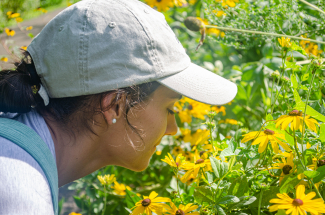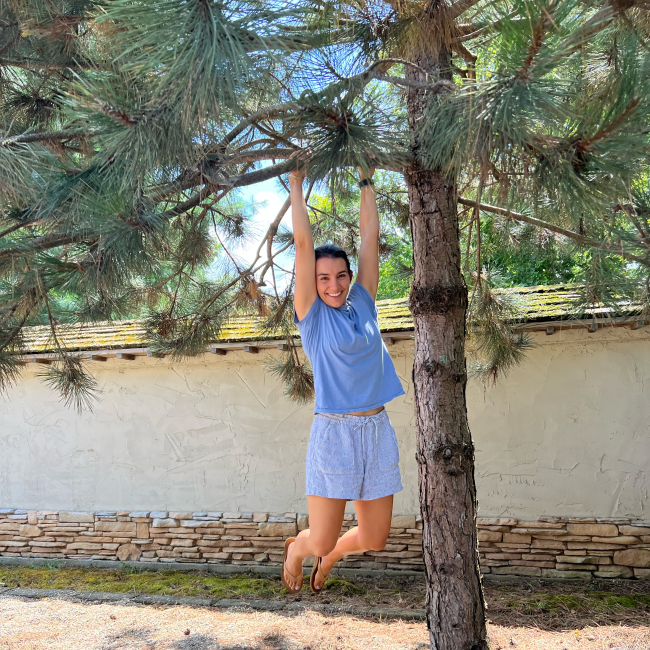Take, for instance, a wide-angle shot of a person standing before a grove of towering trees. Without thoughtful framing, the individual can easily blend into the vastness of the natural surroundings, becoming nearly unnoticeable. However, by strategically using elements like branches or flowers to form a natural vignette around the person's face, they become the clear focal point of the image—immediately capturing the viewer’s attention.

Viewing the World Through a Lens
The way we perceive and interpret the world around us has a profound impact on our emotions and behavior. This concept is central to Cognitive Behavioral Therapy (CBT), which highlights the role of thoughts in shaping our actions. Interestingly, a similar principle applies to photography through a technique known as framing, where the way a subject is composed within a photo can dramatically alter its meaning.
Framing in photography involves using natural or man-made elements within a scene to create a "frame" around your main subject. This technique draws the viewer's focus to the subject, enhancing its visual appeal and emotional impact. For example, envision capturing a photo through an intricately carved doorway that acts as a decorative frame, naturally drawing the viewer’s eye toward the scene unfolding in the distance. Alternatively, you might capture the essence of a person by utilizing overhanging branches, vibrant flowers, or a rustic bridge to surround their figure. These elements not only highlight the subject but also add depth and context to the image.



Poorly Framed
The subject is lost in the background.

Well Framed
The subject becomes the focal point.
Mastering outdoor photography requires careful consideration of various factors, including location, lighting, and the art of framing. Just like in photography, life often presents situations that are beyond our control. Yet, we hold the power to choose how we interpret and respond to them. The way we frame our experiences—through our thoughts and perspectives—not only influences our emotional well-being but also shapes how we move through the world and understand ourselves.
Seek out a narrative that is empowering—one that aligns with your experiences and strengthens your sense of self. Remember, you have the ability to shape your own reality by choosing the story you tell yourself with intention and purpose. So, ask yourself: What narrative will you choose to embrace?
References
Adobe. (n.d.). What is framing in photography. Www.adobe.com. https://www.adobe.com/creativecloud/photography/hub/guides/what-is-framing-in-photography.html
American Psychological Association. (2017). What Is Cognitive Behavioral Therapy? American Psychological Association. https://www.apa.org/ptsd-guideline/patients-and-families/cognitive-behavioral
Firefly Photography. (2023, September 28). Photo Studio Singapore. Photography Services Singapore. https://fireflyphotographysg.com/photo-studio-blog/3-key-differences-between-studio-outdoor-photography/
